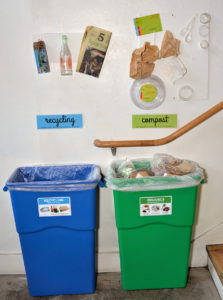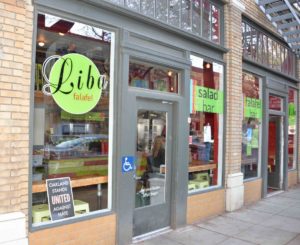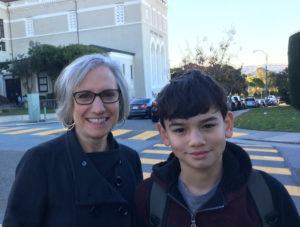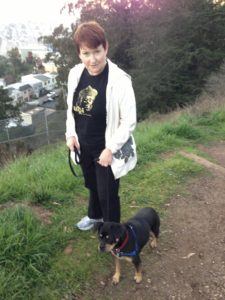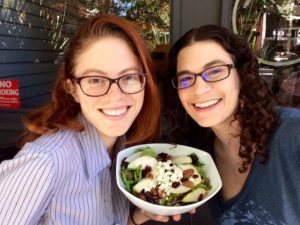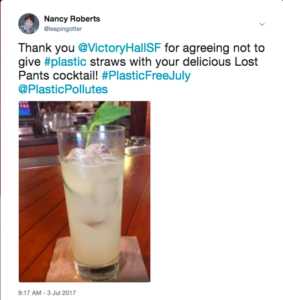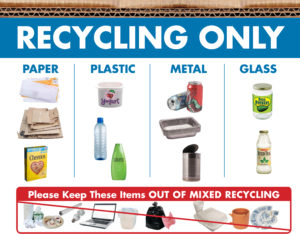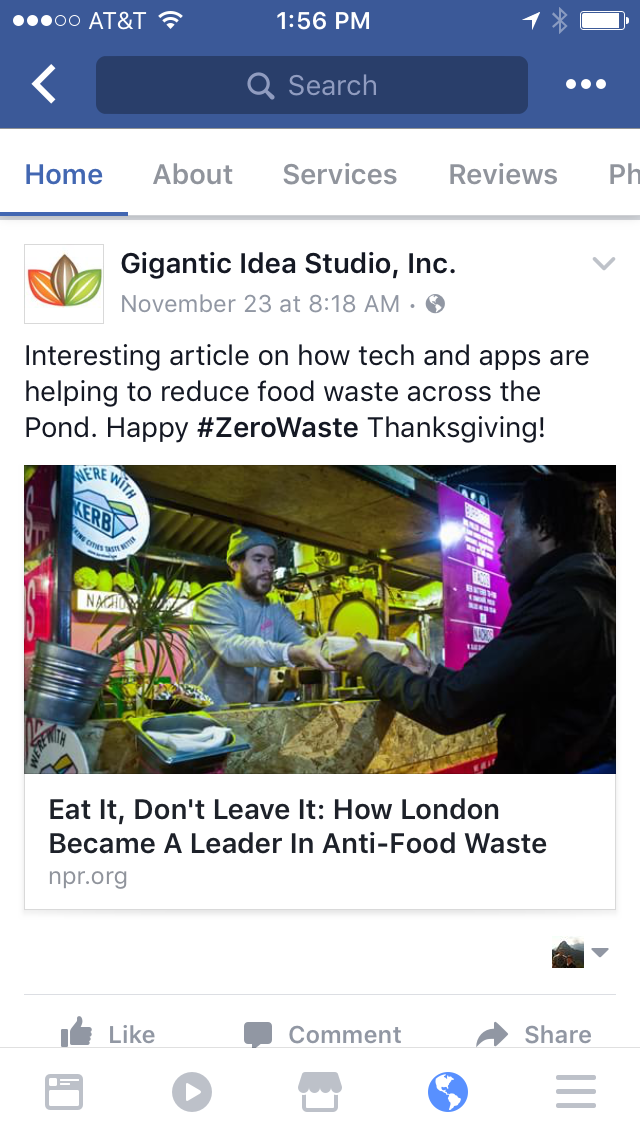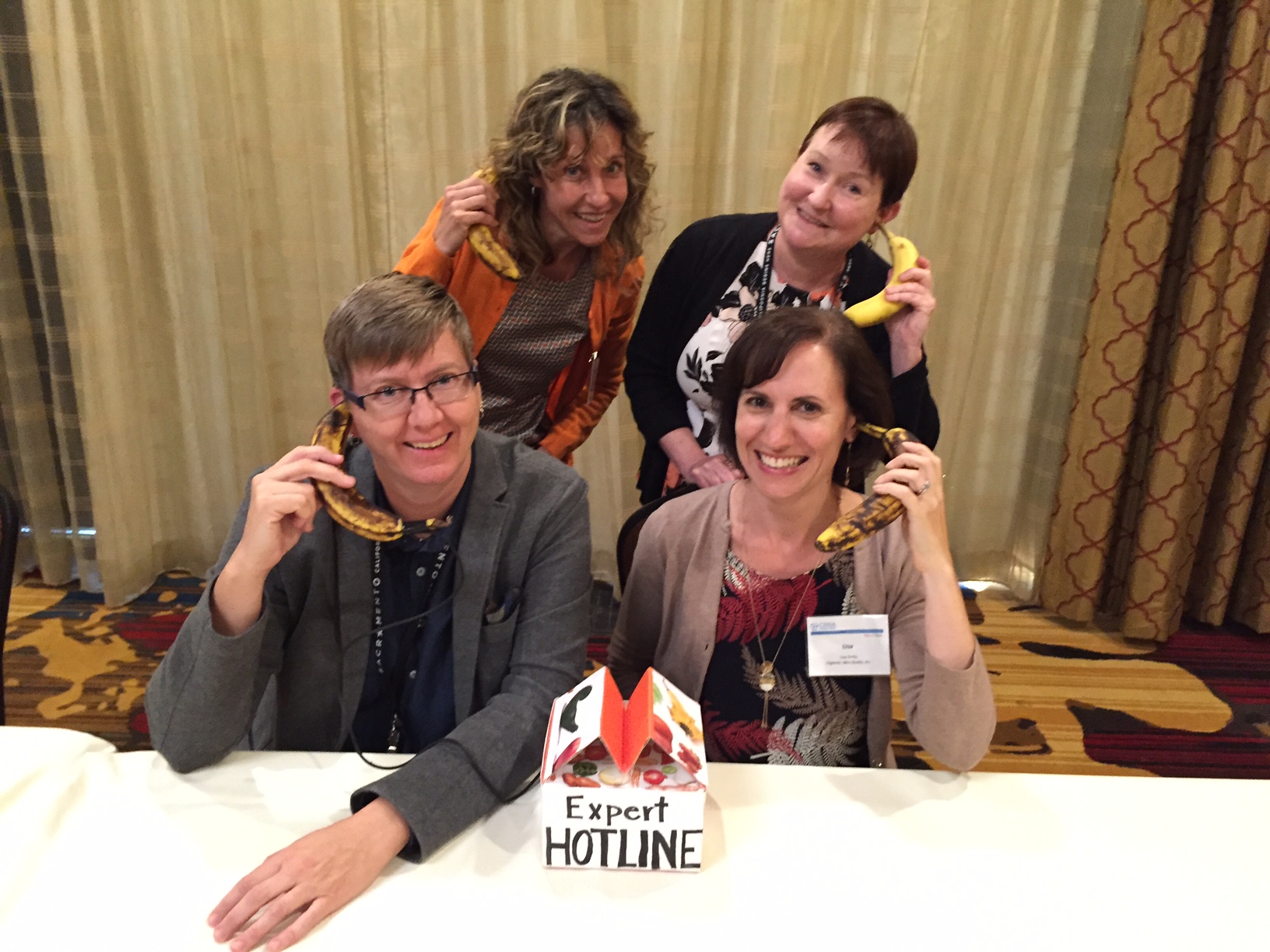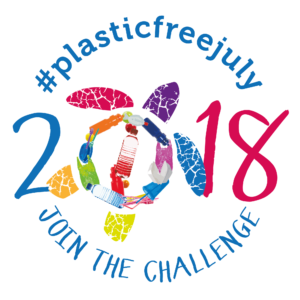
I just completed my second Plastic-Free July! This is a worldwide event that draws attention to the enormous, and enormously damaging, place that single-use plastic holds in our daily life.
While a single person’s actions may not seem to make much impact on the 8,000,000 tons of plastic that enter the ocean each year, we’ve got to start somewhere! And, it is possible to draw some lessons from the month-long discipline to help us think about behavior change.
Don’t Let Perfect Be the Enemy of Good
As with any behavior change, it’s important not to punish yourself – or your target audience – if /when you fall off the wagon. I searched and searched for a non-plastic toothpaste tube, to no avail. I finally found a glass jar of toothpaste in a homeopathic shop. Yes, it had a plastic lid, but I decided the compromise was acceptable. And I got used to the taste!
In our campaigns, we avoid showing super heroes – because the behavior change we are after doesn’t require super powers to do the right thing. “Regular” people can make a big difference. We steer clear of messages like “Can you get all your waste for the year into a peanut butter jar? No? What’s wrong with you?” Instead, we try to make the desired behavior attractive and achievable.
Boundaries Bring Freedom
Supermarket shopping gets a whole lot faster when single-use plastics are off limits. Entire aisles of cookies, chips and crackers are forbidden to the plastic avoider. How relaxing! I can avoid temptation and adhere to good plastic-free consumption and nutrition habits at the same time.
Freedom is an important value in the American psyche, and is one that environmental campaigns may be able to take more advantage of. Taking a restriction (reducing use of plastic or pesticide or water, for example) and reframing it as freedom can be an effective behavior change message.
Think Before You…Do, Buy, Cook, Toss!
One of the most important benefits of going plastic-free is a growing awareness of how often we cruise through life on auto-pilot. Going plastic-free means remembering every time to say, “No straw, please,” “Please use my reusable cup,” or “Can I get that wrapped in paper, not plastic?”
In behavior change campaigns, we look for ways to ingrain a new behavior, to create a body memory out of increased mindfulness. Several of our campaigns here at Gigantic now emphasize the the intelligence of our community members. “You’re smart about other things in your life, why not be smart about recycling?”
While I have not been able to stay completely plastic free, the search for alternatives to plastic is starting to become a comfortable behavior, and is making me more aware of things I take for granted. Carrying my work into my life, and vice versa, is very rewarding.
 Often in the course of our work we are lucky enough to run into local residents who embody the environmental attitudes that we cherish. Often those people are exemplary in other ways, as well. The Gigantic team met Gail Lillian on a photo shoot for recycling and composting in the food service industry. Her business—
Often in the course of our work we are lucky enough to run into local residents who embody the environmental attitudes that we cherish. Often those people are exemplary in other ways, as well. The Gigantic team met Gail Lillian on a photo shoot for recycling and composting in the food service industry. Her business—